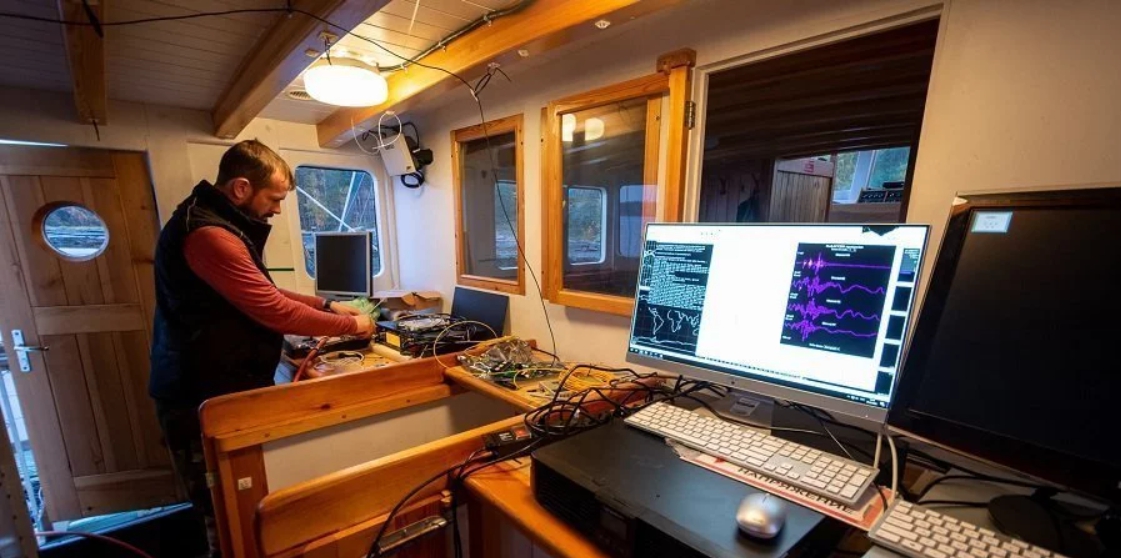
The Group of Companies includes DrilLife GS. It is an international innovative geophysical engineering company providing services for high-quality seismic surveys in 2D, 3D, 3C and 4D configurations in any geological and climatic conditions, both onshore and offshore. Seismic exploration works are carried out using two types of seismic signal excitation sources – vibration or pulse-electromagnetic and involve a full range of exploration work, including processing and interpretation of seismic data with the issuance of recommendations for exploratory drilling.
DrilLife GS became interested in the development that was created at MIPT. This is a hardware and software complex for 4D seismic monitoring and seismic exploration in the transit zone.
“3D is photography, and 4D is cinema, this analogy allows us to understand the difference and explains all the advantages,” explains Andrey Razin, chief designer of the Research and Development Center for Marine Geophysics at the MIPT Institute of Arctic Technologies. Its main difference from 3D is that the survey is repeated several times, the results are compared and conclusions are drawn about the dynamics of the subsoil. This allows you to track the movement of oil and gas within the rock and adjust the drilling of wells in such a way as to increase oil recovery.
4D seismic has proven itself well in a number of fields in different parts of the world. These deposits have been able to operate longer and provide more resources than expected, and as a result, have recouped the cost of implementing the technology. The greatest potential of the technology should be revealed in offshore fields, especially in the Arctic regions, since the factors of reducing drilling costs and the overall increase in production rates significantly increase the economic efficiency of field operation in such difficult conditions.
Having studied the successful foreign experience of seismic monitoring, the specialists of the MIPT Research and Technology Center began to develop a geophysical distributed information and measurement system for a permanent installation, which made it possible to conduct both passive and active monitoring of developed hydrocarbon fields.
The result of the work done was a 4D monitoring system in full configuration. It is an arrangement of bottom streamers that provides the necessary areal coverage.
“When creating the system, we used two advanced technologies: molecular-electronic technology for manufacturing sensors and Power-over-Fiber fiber-optic power transmission technology,” says Sergey Golovin, Leading Researcher, Deputy Head of the Laboratory of Borehole, Engineering and Exploration Geophysics at MIPT. “The first one made it possible to achieve technical characteristics that are not inferior to foreign analogues and surpass them in a number of parameters, and the second makes the system reliable and durable, which is especially important for 4D monitoring.
The development has a great potential, which is yet to be revealed in the course of new projects.
